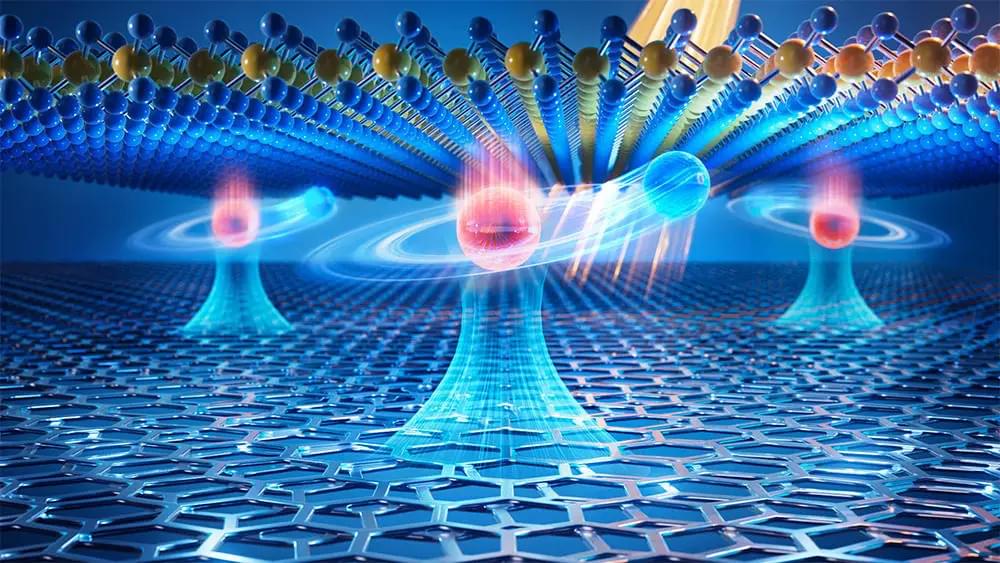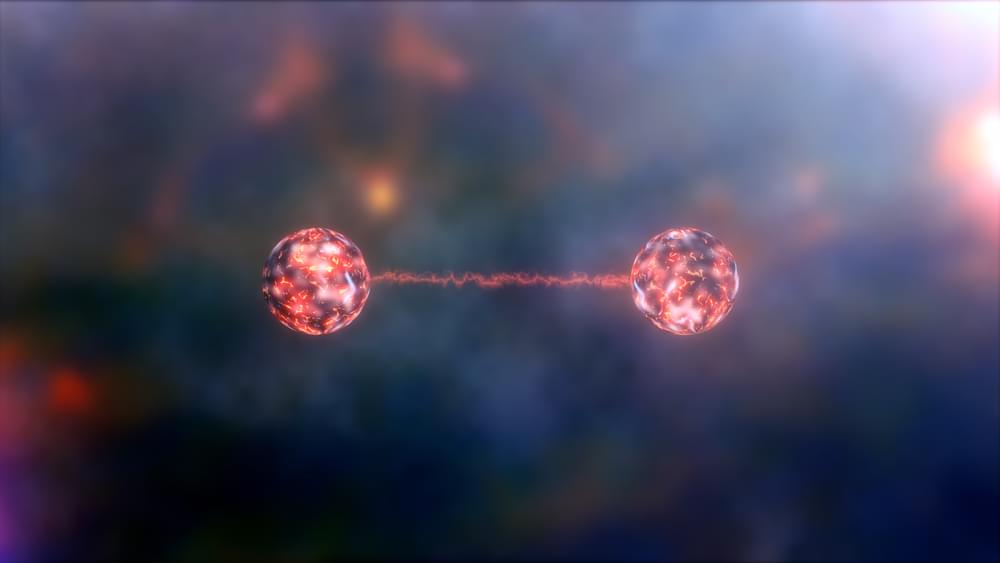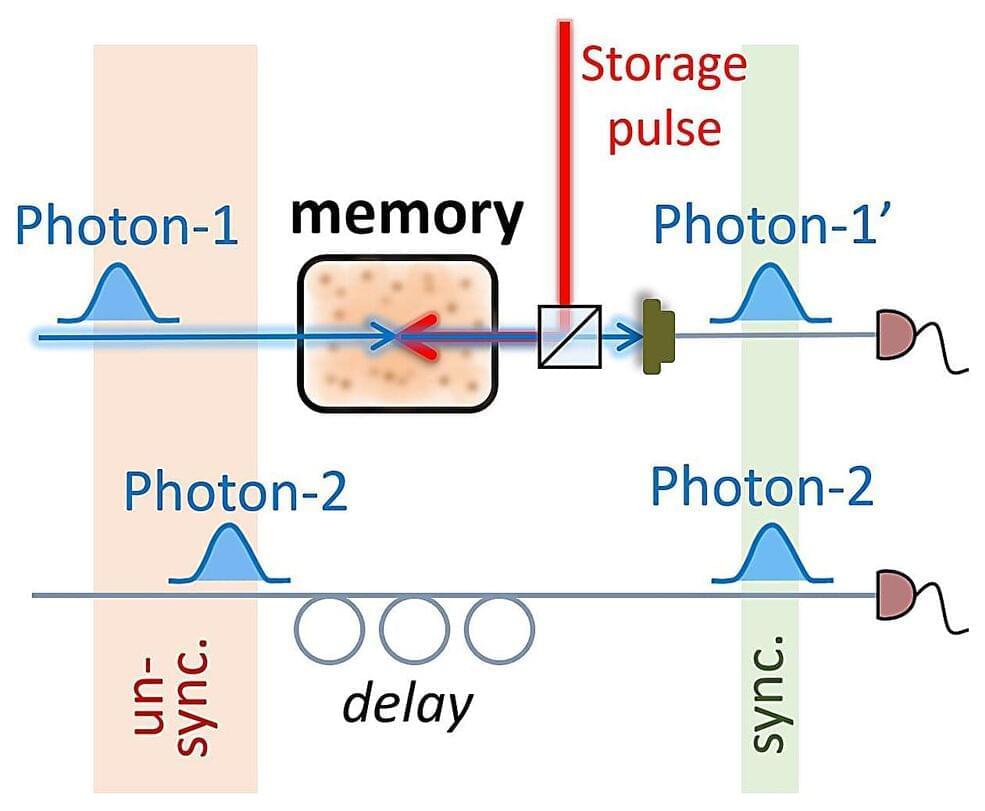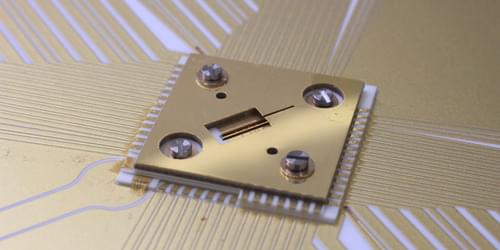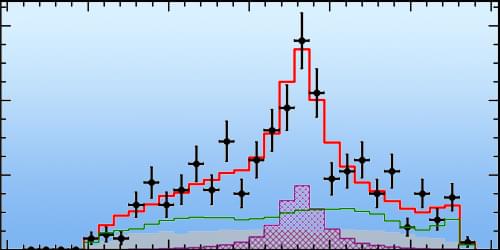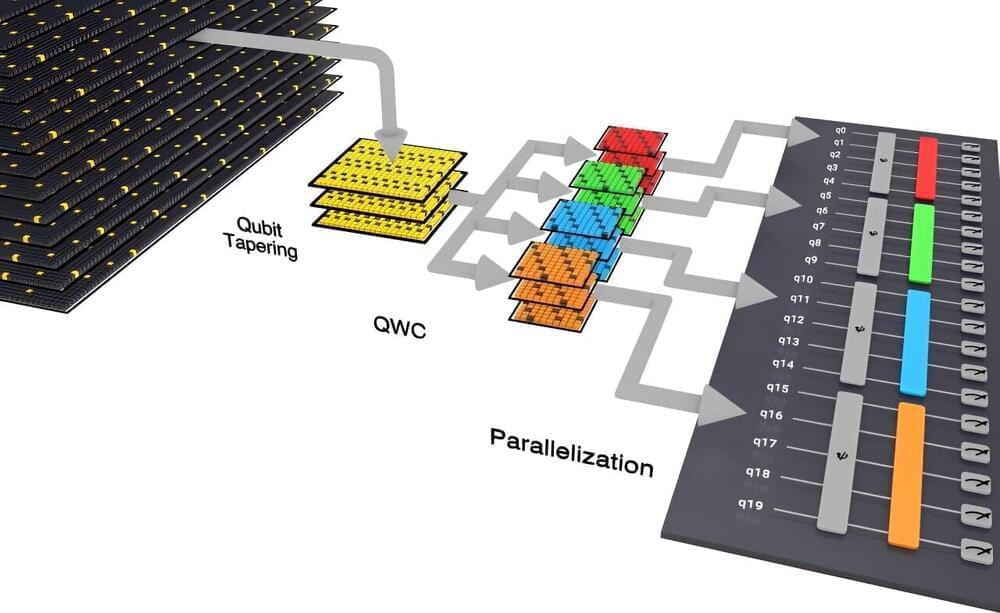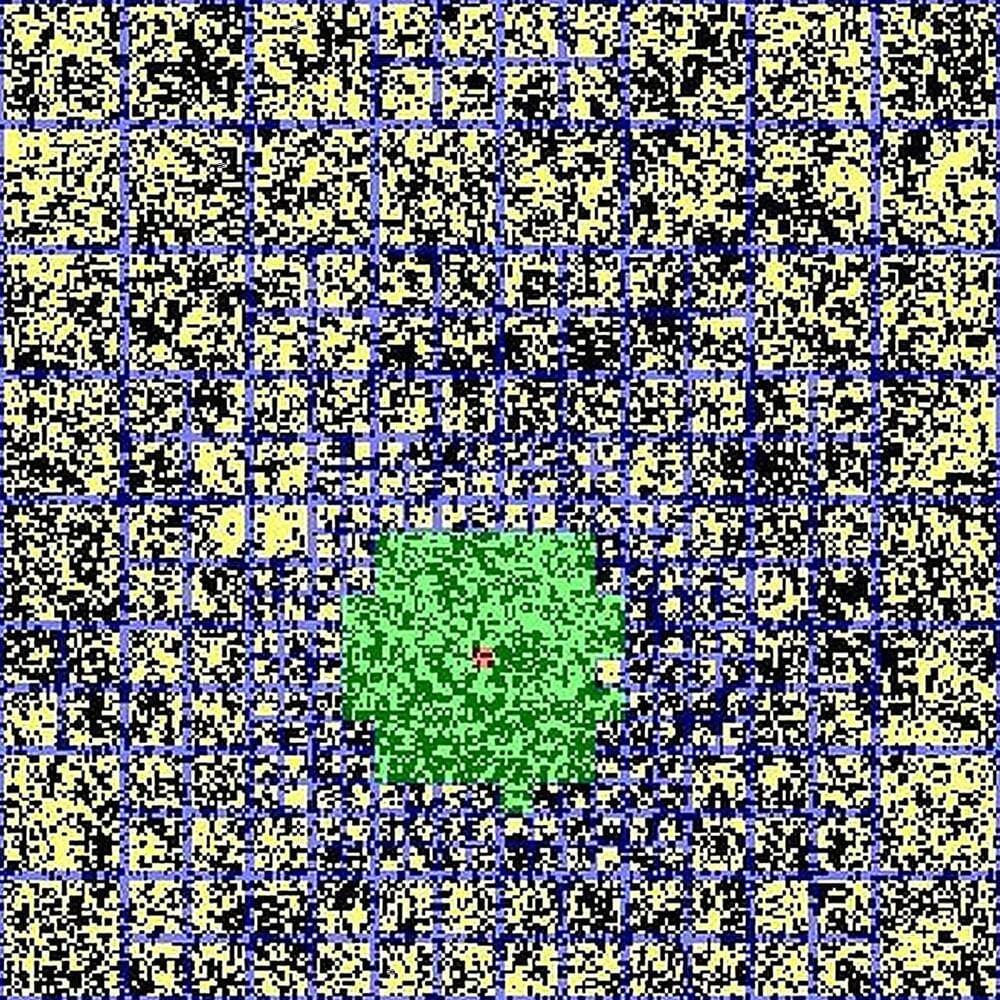The Rydberg state is prevalent across various physical mediums such as atoms, molecules, and solid materials. Rydberg excitons, which are highly energized, Coulomb-bound electron-hole pair states, were initially identified in the 1950s within the semiconductor material, Cu2O.
In a study published in Science, Dr. Xu Yang and his colleagues from the Institute of Physics (IOP) of the Chinese Academy of Sciences (CAS), in collaboration with researchers led by Dr. Yuan Shengjun of Wuhan University, have reported observing Rydberg moiré excitons, which are moiré-trapped Rydberg excitons in the monolayer semiconductor WSe2 adjacent to small-angle twisted bilayer graphene.
Graphene is an allotrope of carbon in the form of a single layer of atoms in a two-dimensional hexagonal lattice in which one atom forms each vertex. It is the basic structural element of other allotropes of carbon, including graphite, charcoal, carbon nanotubes, and fullerenes. In proportion to its thickness, it is about 100 times stronger than the strongest steel.
